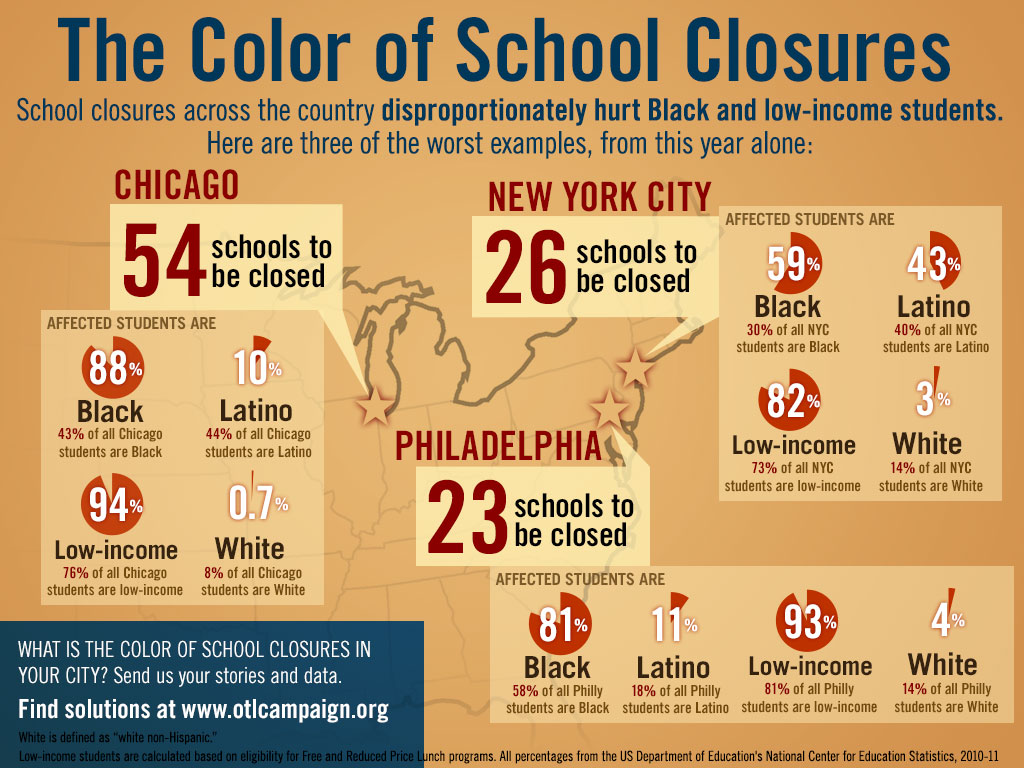Nation's 'Disinvestment' in Public Schools Is Crippling Poor Students, Reports Say

Six years after the national economy bottomed out, here's one generic view of K-12 finance: Budgets are more stable and can rely on more revenue than in 2008, and spending on K-12 has gradually recovered in many states over the last several years. So are prominent school funding advocates satisfied that states are now giving schools robust and well-targeted financial support?
Not even close.
"This should be easier, not harder," Wade Henderson, the president and CEO of the Leadership Conference Education Fund, told me in an interview.
The Education Fund is one of two advocacy groups, along with the Education Law Center, saying in reports released today that despite rosier revenue pictures and more ambitious student achievement goals, most states continue to hamstring schools, and poor students in particular, by failing to provide them more resources to help them meet these goals.
Two Systems, One Big Failure
The two groups teamed up to issue "Cheating Our Future: How Decades of Disinvestment by States Jeopardizes Equal Educational Opportunity" that argues a majority of states continue to have flat or regressive funding schemes when it comes to providing additional financial support for students in schools with high concentrations of poverty.
"Cheating Our Future" highlights states like Pennsylvania, where insufficient public school funding has led to significant job losses in public schools, an effort in Mississippi to boost K-12 spending through a ballot initiative, and the cycle of funding lawsuits in Colorado in the face of the legislature's difficulties in overhauling its public school budget.
And in the foreground, Henderson said, is the ever-growing division between wealthier schools prepared to meet the demands of states' demand for highly skilled workers, and students in high poverty schools that not only lack basic resources, but suffer from "hidden inequity" such as the "expanded learning time that many more affluent students enjoy--including after-school programs, tutoring and mentoring, summer activities and field trips, or opportunities to learn outside the classroom."
"We are seeing increasingly that there are two separate public education systems," Henderson said. And the one left with more students in poverty and stagnant aid from states simply can't fulfill education mandates created by officials with primarily political ideology in mind, he stressed.
Four Measures Where Many States Fail
Separately but simultaneously, the Education Law Center released its fourth annual report on school funding fairness ("Is School Funding Fair? A National Report Card") that examines how and how much states fund K-12. The news there is correspondingly glum, according to the group: "Even with improvements in the economy, few states are translating that economic growth into Nation's 'Disinvestment' in Public Schools Is Crippling Poor Students, Reports Say - State EdWatch - Education Week:
